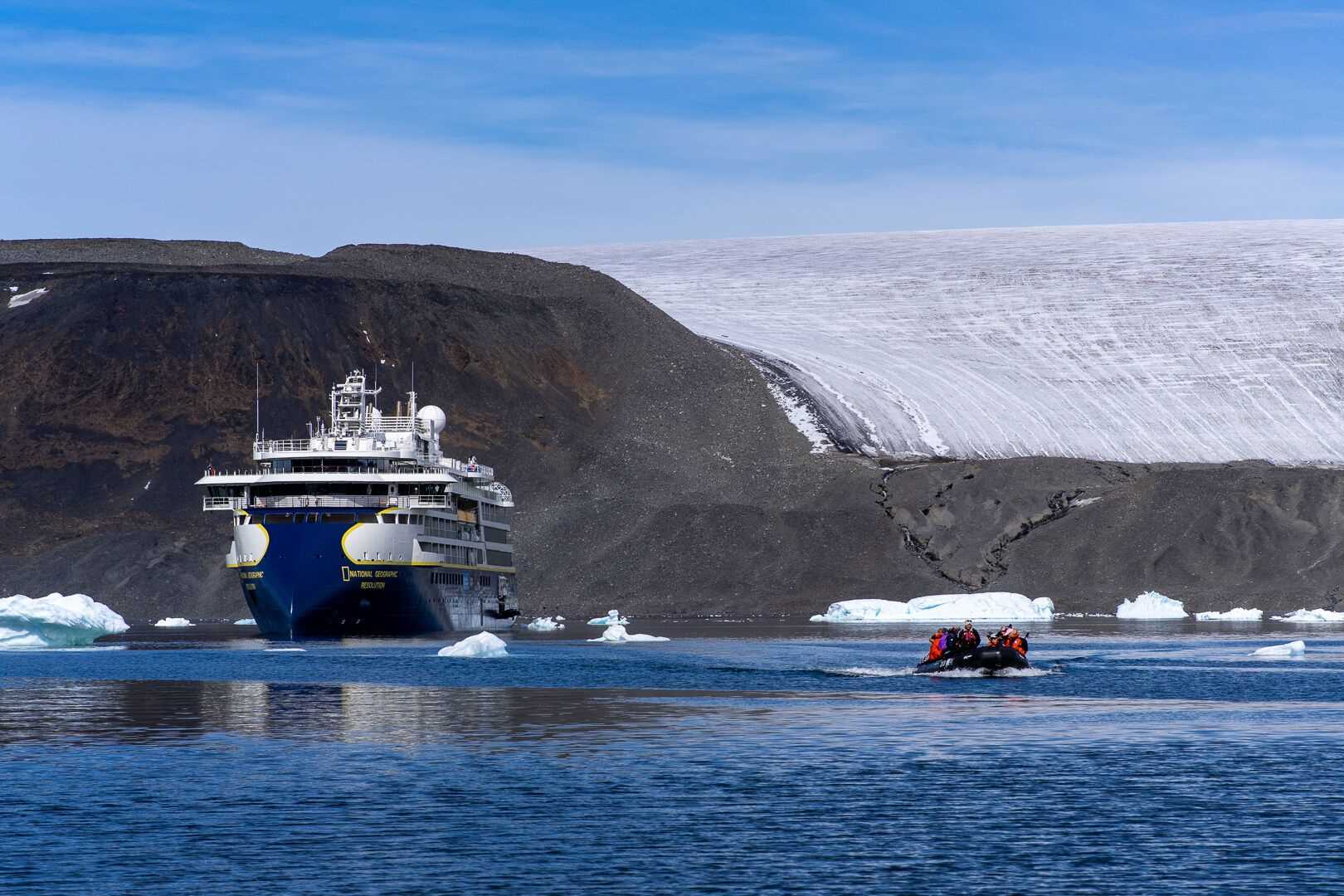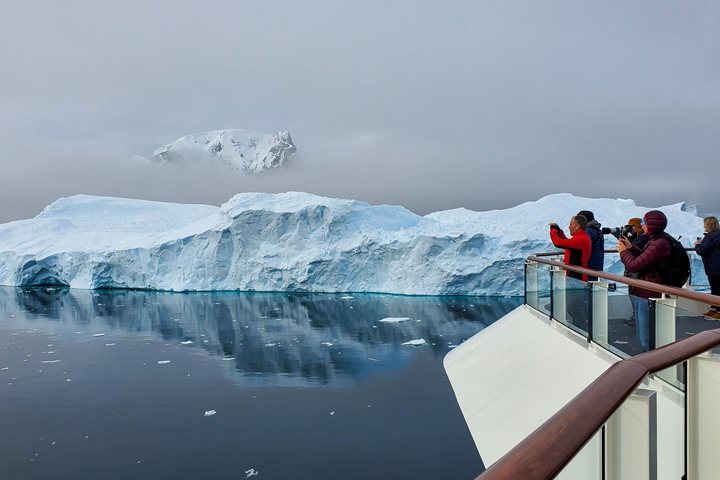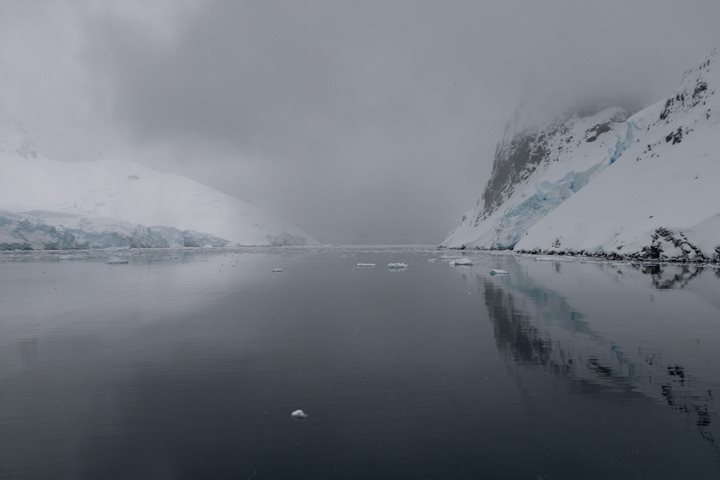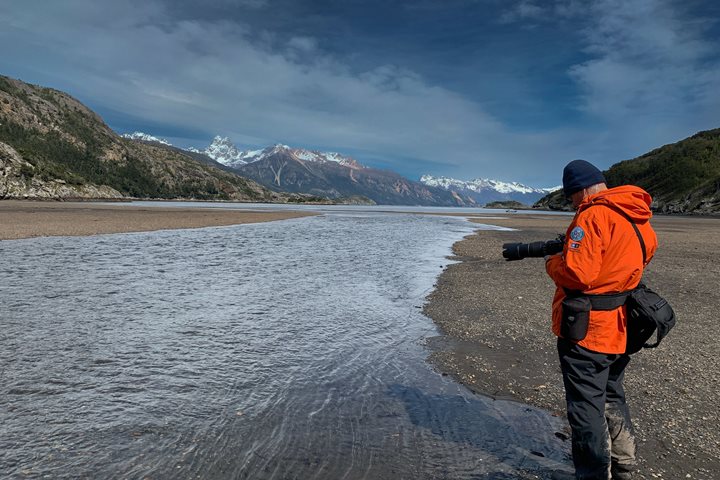This morning National Geographic Resolution entered the Weddell Sea after transiting the Drake Passage yesterday. We arrived at Devil Island just after lunch. This is it, our first day ashore on the white continent. Devil Island offered us two different excursions: a Zodiac boat ride around the island and through the ice, or a steep hike up to the top for a beautiful view of the horizon. There was an Adelie penguin colony on the island, and we were excited to get our first glimpses of these “tuxedo”-wearing birds. It was a great start to our epic expedition. And to finish off the evening, we witnessed an incredible sunset as the sun slowly dipped behind the ice.
- Daily Expedition Reports
- 22 Jan 2025
Weddell Sea and Devil Island, Antarctica, 1/22/2025, National Geographic Resolution
- Aboard the National Geographic Resolution
- Antarctica
Alex Joseph, Naturalist/Certified Photo Instructor
Born and raised in Alabama, Alex's connection to nature took shape as a child living in a state park and then in his formative years spent in Gulf Shores, AL. Where white sandy beaches meet the pine forest of the Southeast.
Read MoreShare Report
Antarctica and Patagonia: Legendary Ice and Epic Fjords
VIEW ITINERARYRelated Reports
11/14/2021
Read
National Geographic Explorer
LeMaire Channel and Pleneau Island
Morning began early on National Geographic Explorer with a beautiful cruise through the LeMaire channel. As the ship passed beyond the southern end of the channel, it was surrounded by ice with spectacular views of sea ice and icebergs. The Zodiacs were soon lowered to take everyone ashore at Pleneau Island for up close encounters with penguins. In the afternoon, Zodiacs zipped around grounded icebergs as everyone was treated to a cruise through monumental ice sculptures created by glaciers. The day ended as it began, with a trip through the always awe-inspiring LeMaire channel.
11/9/2021
Read
National Geographic Explorer
Jackson Bay, Karukinka Natural Park & Canal San Gabriel
During a rare, perfectly still and windless morning, we landed at Jackson Bay, in Admiralty Sound to visit the most remote section of Karukinka Natural Park, a private protected area managed by the Wildlife Conservation Society. At 330 hectares, this area protects some of the southernmost forests, grasslands and peatlands of the planet together with a vast array of wildlife including several endemic bird species and a colony of breeding elephant seals. We hiked through large stands of primeval forest to get to a waterfall that drains the overflow of some alpine glaciers still blanketing the peaks that flank the valley we walked toward.







